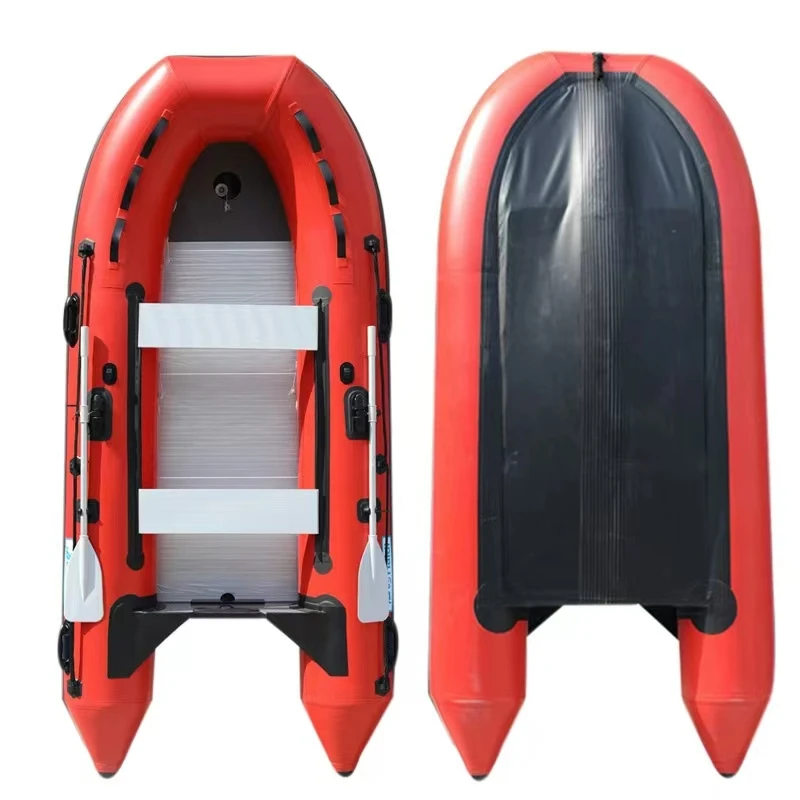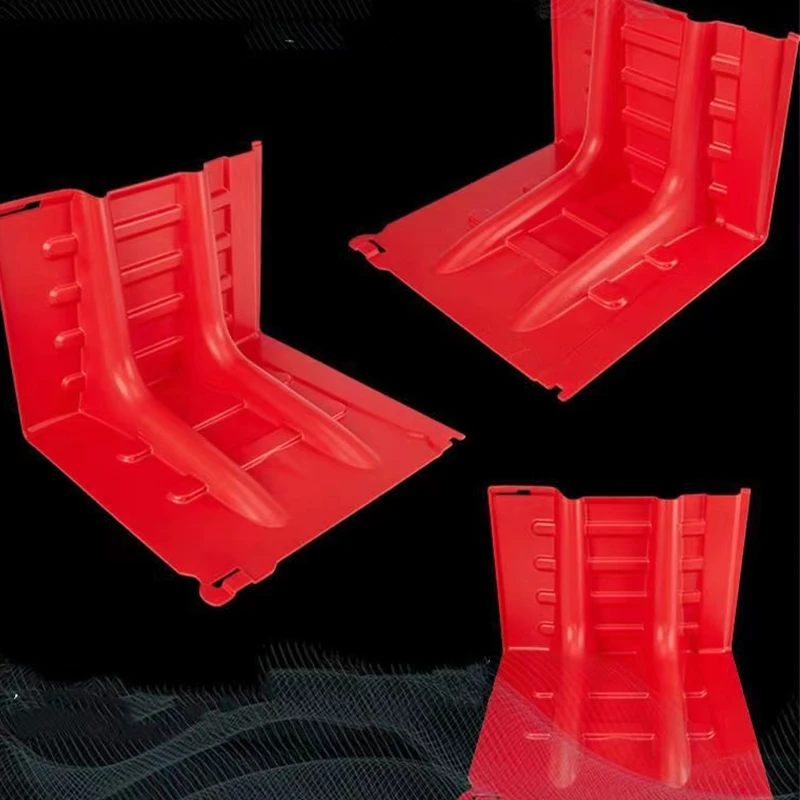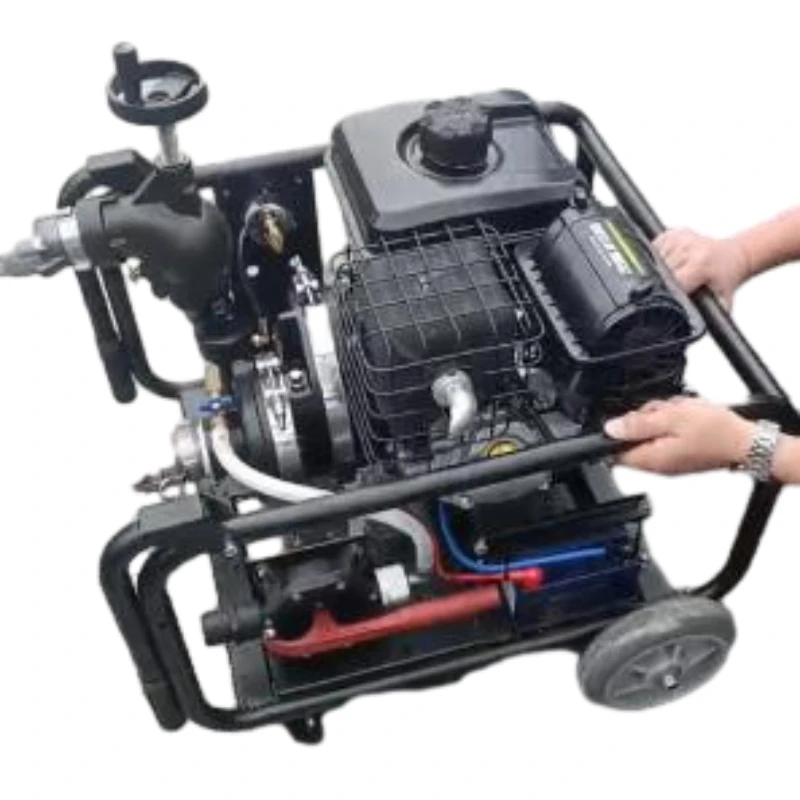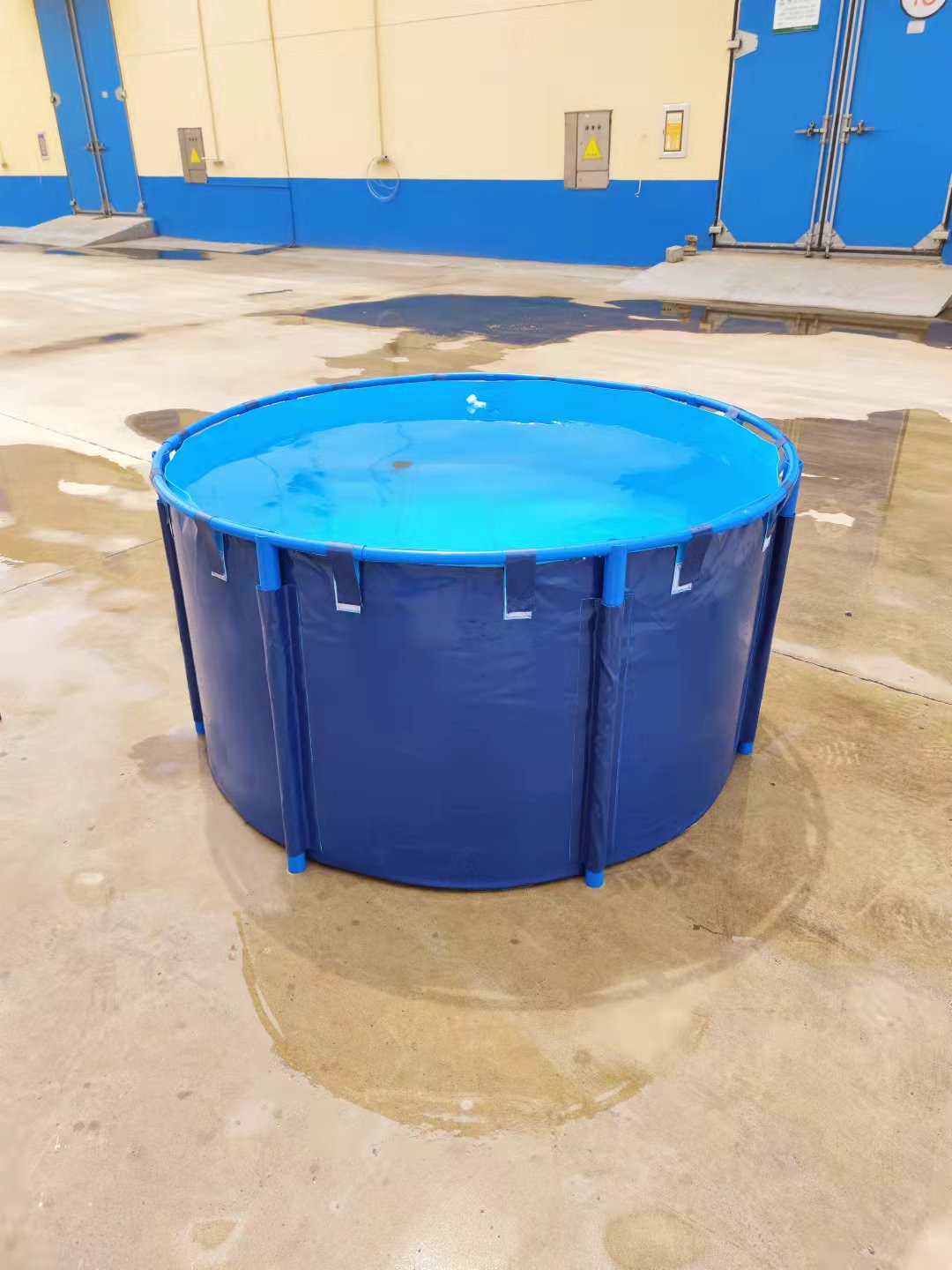Understanding the Role of Jockey Pump Pressure in Fire Systems
Having worked in the industrial equipment sector for over a decade, I’ve seen how often jockey pumps get overlooked until something goes wrong. These little workhorses maintain system pressure in fire protection setups and honestly, their pressure management is more critical than many give credit for. Jockey pump pressure isn’t just a number on a spec sheet — it’s what keeps your fire system ready and responsive.
Let's face it. When everything’s calm, your big fire pumps sit idle while the jockey pump quietly maintains pressure, compensating for tiny leaks or fluctuations. Too low a pressure setting, and the main pump kicks unnecessarily, causing wear and tear. Too high, and the system might never respond when you need it. Balancing this is a bit of an art — one honed over years of trial and tweaking.
Funny enough, during one of my first installations, the jockey pump pressure was set arbitrarily without considering the system volume and pipe friction losses. Result? The main pump cycled constantly, grinding through motor bearings faster than anyone expected. Lesson learned: you can’t just trust default settings. You have to tailor pressure settings to the system design — and always test rigorously under real-world conditions.
Key Product Specifications to Consider for Jockey Pumps
| Specification | Details |
|---|---|
| Operating Pressure Range | 20 to 50 psi (typical) |
| Power Supply | Electric motor, usually 1 to 5 HP |
| Flow Rate | Typically less than 100 GPM |
| Material | Cast iron or stainless steel (depending on environment) |
| Control Method | Pressure switch or automatic controller |
| Noise Level | Typically under 70 dB |
Most engineers consider the operating pressure range the primary concern since jockey pumps mainly keep system pressure just above the start point of the main fire pumps. But the motor size and flow rate can make a difference, especially when your system’s piping is complex or the building is large.
Comparing Leading Jockey Pump Vendors: What to Look For
| Vendor | Pressure Range (psi) | Motor Power (HP) | Price Range | Reliability Rating |
|---|---|---|---|---|
| FireSafe Pumps | 20-45 | 1.5-3 | $$$ | High |
| PumpPro Industrial | 25-50 | 2-5 | $$ | Medium-High |
| Alpha Fire Equip | 15-40 | 1-3 | $ | Medium |
From my conversations with field technicians and plant managers, FireSafe Pumps lead on reliability and precision. Cost is naturally a factor, but with something as critical as pressure maintenance, cutting corners can lead to downtime — and that's a price far steeper than a few dollars saved.
Customization is also worth noting: some vendors offer pressure controllers tailored for unusual system volumes or specs — something I found handy last year on a retrofitting job where the existing pressure controls were frankly obsolete. That project reminded me how quickly newer technology can improve system responsiveness and reduce maintenance headaches.
Oh, and here’s a little trick I picked up over years on the job: always ask for pressure test data from vendors before buying. It’s surprising how many won’t share detailed performance curves upfront, but that data can save huge headaches later.
Final Thoughts on Jockey Pump Pressure Management
It feels kind of ironic how something so quiet and unassuming as the jockey pump pressure setting can have outsized impacts on your fire protection system’s lifespan and performance. Adjust it right, and your system quietly hums along without fuss. Neglect it, and you invite unnecessary cycles, mechanical wear, and sometimes worse — system failure when it counts.
So if you’re specifying or maintaining fire pump systems, remember: the jockey pump’s pressure is the unsung hero. Spend the time, talk to vendors, and don’t forget to test under real operating conditions. It’s not glamorous, but it’s vital. After all, fire safety isn’t the place for guesswork...





















